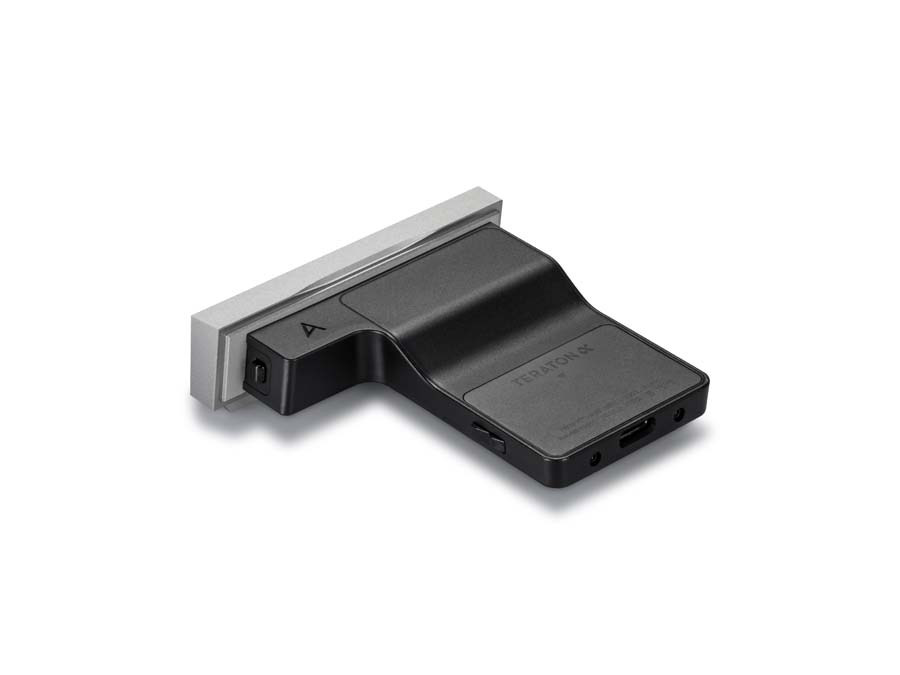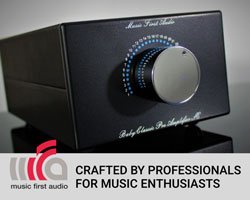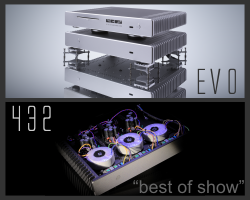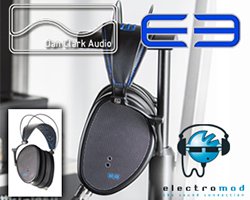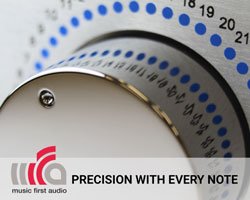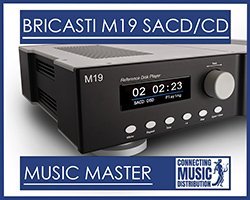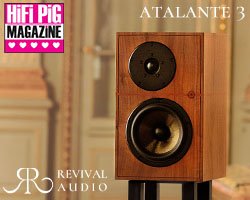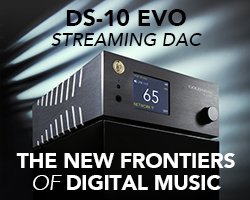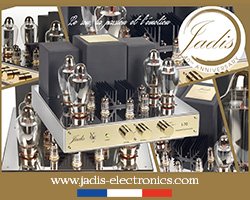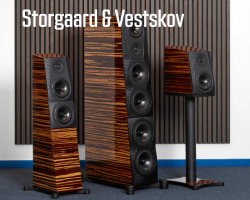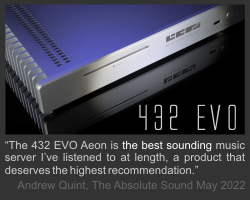ASTELL & KERN SE180 DIGITAL AUDIO PLAYER REVIEW
Janine Elliot takes a listen to Astell & Kern SE180 Digital Audio Player costing around £1399.

A stylish product with a highly useable touchscreen.
When there was a chance to review an Astell and Kern product I leapt at the opportunity, having watched the company since its inception and regularly ever since receiving sales emails advertising new products. With beautiful looking DAPs with diagonal lines and curves, their products look like no others. Originating from the land of Samsung and Kia, South Korea, they are highly sought after, and with uniquely shaped designs and top-end components I really wanted to see and hear just how good they really were. The A&K portfolio regularly changes with the introduction of new DAP’s and now includes amplifiers and earphones and accessories, so this newish model is a very desirable proposition.
IN THE BOX
The silver SE180, at £1399, is a member of the A&K Futura range, headed by the SE200, both following on from the SE100. Complex technology is deployed to make this quite a masterpiece of design. What really makes the SE180 really unique is the deployment of interchangeable DAC/amps, allowing you to choose the most suitable sound depending on your preference, an idea from iBasso, with their replaceable amp modules. Think of this as being like changing both the cartridge and phonostage in your vinyl front end at the same time to get a different sound. The idea of a multi-DAC personal player was a world-first in the A&K SE200, though that model has three different DACs installed in one DAP. With the SE180 you pull out the standard SEM1 DAC module and insert a different one, such as the SEM2 module also supplied for this review. More on that later.

The SE 180 with added module.
The standard supplied module uses the excellent ESS ES9038 PRO 8-channel DAC. Having it in a separate “box” is not only convenient but also ensures RF interference is blocked from the amplification. “AMP” technology is also included, which is A&K’s way of pushing up the sound quality through their selection of op-amps, circuit design, layout and tuning. The basic spec is PCM: 8kHz – 384kHz (8/16/24/32bits per Sample) and DSD up to DSD256(1bit 11.2MHz).
The SE180 DAP is fairly large at 77mm x 137mm x 19.9mm with a full and excellent 1920 x 1080 HD touch display with 441PPI, plus a physical volume wheel at the side. Operating the unit from the screen was easy with a well laid out UI. Indeed, this is one of the best interfaces I have seen, though not the fastest, offering details of everything such as tracks, bit rates, even detailing the DAC connected, etc, as well as an excellent play navigation bar. Coming with 256Gb of music storage onboard, it also has provision for microSD cards up to 2TB. The A&K has a file drop system allowing wireless transfers between your PC and SE180 which is useful. The two-way BT Sink function connects the SE180 to external devices via Bluetooth (the unit uses the quicker BT 5.0), and also allows music from an external device (such as a mobile phone) to be sent to the DAP for playback, if you needed to do that. It is also equipped with MQA technology, enabling you to download and play MQA audio files, plus it is also Roon ready. In OpenApp you can download any audio app that the unit is able to play. The volume wheel on the side lights up different colours to inform you of the different bit rates. For example, red is 16bit, green is 24bit and DSD is purple. The only drawback with having the wheel on the side is that you can inadvertently knock it and change the levels (and quite drastically as my ears found out!) but luckily you can lock the volume level in the settings to stay max “60”. This is a versatile player and Wireless Playback includes the better quality 24bit aptX-HD and Sony’s LDAC codecs.
The unit has three outputs; a classic 3.5mm TRS, a balanced 2.5mm TRRS, and the balanced 4.4mm Pentaconn output that was first introduced by Sony. Milled from a solid block of aluminium this unit is rather heavy (380g) and feels very strong and expensive, so it would be advisable to buy the leather case to protect the beautiful player when you are travelling. The architecturally inclined shape of the device is actually very pleasing to hold in your left hand rather than the right hand – just my own personal preference. Being well designed even the quick-start guide looked great, except with silver print on black paper and the writing being minuscule I needed a magnifying glass to actually read it. Now I know I’m getting old, but I doubt anyone can actually read this easily.
THE MUSIC WITH ASTELL & KERN SEM1
Playback for this review was largely using the AT W1000 and the new £4100 Stealth magnetic planar headphones from Dan Clark Audio. The latter are of course inefficient planar drivers, though there was enough volume from the SE180 to provide for almost adequate listening. Finally, I used the beautiful Kinera Freya IEMs.
I must admit I was totally blown away by the A&K. In balanced mode the A&K delivers 126dB S/N making the unit exceptionally quiet. Even playing MP3s gave for a good performance, largely due to the very gentle though detailed performance from the ESS DAC and amplification. The bass end was good and the top end was natural rather than tizzy digital. This was an excellent player meaning I was able to listen for long periods of time without fatigue.

The SE 180 is ergonomic and comfortable to hold.
Sting’s ‘A Brand New Day’ starts with a long and deep drone which the SE180 played exceptionally well, plus top frequencies which were clear and precise with vocals well portrayed in the soundstage. Nothing amazing, perhaps, until you consider that I was playing MP3s. The quality was just so natural. This wasn’t just the ESS ES9038PRO, but rather all the various components that are packed together into this slab of aluminium. This is quite some performer. Queen’s “One Vision” (A Kind of Magic) has plenty of musique concrète mixed in with the more conventional instruments and vocals. All were clearly positioned across the soundstage. The vocals were very gentle with no sense of digitization. Even “Autarky” from Brunette Models (24/96) was perfectly proportioned and with minimal fuss in this electronica and very ambient eight-minute track. The performance from the SE180 was like the difference between a school orchestra and the Berlin Philharmonic. The music was carefully positioned, controlled and professionally orchestrated, yet it could still belt out bells and whistles if it needed to. “Telegraph Road” Dire Straits (24/192) was much clearer than I had heard from a DAP, though it sounded very smooth. Everything was there but it was controlled and relaxed. The percussion was forward and clear, and violins, guitars and vocals were positioned just as they should. Only playing Satie’s Gymnopodie No 1 (24/48) did the piano sound less like a Steinway and more like a Clavinova. “Almost like Being in Love” (24bits of Christmas, Linn) has plenty of everything, including spoken voice, vocals, instrumentation and audience laughs and claps. A great track to test a DAP. This was fun, but not rushed, all taking its time with ease.
Next, it was time for me to connect the SEM2 (Asahi Kasei AK4497EQ Dual DAC) Teraton Alpha module. I had spent several weeks trying to pull out the SEM1 module to no avail. The two flush buttons on either side of the unit that you need to push in are so very small. Too small for your fingers in reality. A&K make it hard going as they don’t want it to fall out mid listening, but with this review sample, it was just too hard. Luckily after much trying and a homemade pincer tool I succeeded. Now, to make things even more confusing, both modules look exactly the same; they both say Teraton Alpha with no hint of ESS or AK DAC mentioned. To see which unit was SEM1 and which was SEM2 (or even the third alternative SEM3) I needed a strong magnifying glass as the writing was very small at the very bottom of the unit, though it was there. There is also no writing visible on the top of the module when you finally insert it to suggest which one you actually have connected! That said, the unit is well made and fits a treat.

A useful volume control that yuo can set a maximum volume for in settings.
And I’m glad I managed to pull it off as the SEM2 Teraton module is better than the SEM1. Well, it’s a different sound and if you want improved spec and a brighter and faster sound, then you will want to purchase this module. Where the SEM1 soundstage was narrower, the SEM2 opens it up with more depth and sparkle. Emilie-Clare Barlow “He Thinks I Still Care” (24/96) had a clearer vocal line such that I could probably have correctly identified the microphone used. Saxophone and guitar solos were also clear, especially the initial transients and decays/reverb. Miracle’s ‘Moment 4 Autumn’ (192kHz/MQA) was very open and engaging creating more detail and musicality than it was using the SIM1. Similarly, ‘A Saucer Full of Secrets’ from Pink Floyd was much more engaging and thorough. Playing Sting’s “A brand New Day” again on the SEM2 Teraton was better in the extreme bass, something I found in all I played. Finally, with classical music ‘Chasing the Dragon’s ‘Binaural Baroque’ (24/192) seemed so much more realistic than I have ever heard on headphones. That 3D performance was quite compelling. Not only the realism of being there in the front row of the audience but also the speed of transients and accurate decays from the Neumann KU10 dummy head microphone. “La Voie Triomphale” (Bozza, Staff band of the Norwegian Armed Forces 24/192) similarly had much clearer transients and decays and oomph from the brass instrument notes and percussion strikes.

The AStell & Kern is certainly a handsome looking unit.
Charging took around 4 hours and I managed to get around 10 hours of use each time. If you buy one I would suggest getting the leather case for the SE180 (£96).
So, which DAC/amplifier did I like best? Well, that is a tough question. They both sound so different. I preferred the calmness from the SEM1 (ESS DAC) and found it sounded extremely musical and analogue at all times, but the amount of detail extruded by the SEM2 (Asahi Kasei AK4497EQ Dual DAC) made for a worthy update, should you so wish. Its specification is also better; 127dB SNR (balanced output), lower distortion and support for PCM 8 – 768kHz 8, – 32bit / 768kHz Bit-to-Bit playback/ DSD 512.
My only gripe is that I wished the modules had SEM1 or SEM2 written on the top so I knew which module I had inserted!
CONCLUSION
This basic (SEM1) player really was a smooth operator, with exceptional musical detail and engagement. I hadn’t experienced a DAP quite so relaxed yet could still be very precise and fast. I loved it. It really was in charge of all the music I fed it. It wasn’t just the Sabre DAC, it was all the components working together to produce a succinct performer that produced wide smiles every minute during my review. Add on the SEM2 module and it multiplies detail and excitement that made listening that much more compelling and is a worthwhile upgrade if you so desire.
£1399 + £319 really isn’t a lot of money if you have good headphones and value the quality of what you hear. The SE180 is well worth a listen.
AT A GLANCE
Build Quality:
Exceptionally well made and relatively heavy
Sound Quality:
A very musical and controlled performance whatever format, even MP3s
Value For Money:
Excellent even at its price.
We Loved:
Relaxed and musical performance from SEM1
Extra detail, transparency and sparkle from SEM2
Range of features, such as playing Qobus, MQA, etc
Beautiful design and great UI
Very good screen
We didn’t Love so much:
They really need to make labelling easier to read
I found removing the module difficult
Elevator Pitch Review: Having wanted to get my hands on an Astell and Kern DAP for the last 9 years, my wait was to be rewarded with a review that I really didn’t want to stop. This was a really cool operator, playing all formats of music with equal care and excitement that made me forget I was listening to digital music.
Price:
SE180 Player: £1399
SEM2 Module: £319
Since writing this review Astell & Kern have introduced a new module, the SEM3, offering support for 32bit/768kHz and Native DSD 512.

Janine Elliot
Review Equipment: Audio Technica W1000, Dave Clark Audio Stealth (headphones), Kinera Freya (IEM)
Specification
- OS: Astell&Kern UI
- CPU: Quad-core
- RAM: 4Gb
- ROM: 256Gb
- DAC: 1x ES9038PRO (SEM1) / 2x AKMAK4497EQ (SEM2)
- Sample rate: PCM : 8Hz – 768kHz (8/16/24/32bits) native – DSD64/128/256/512
- System clock: 800 femtoseconds (25ps)
- Outputs: 3.5mm headphone out/line-out / 2.5mm balanced headphone output / 4.4mm balanced headphone output
- Input: USB Type-C
- Screen: 5” 1920×1080 IPS with Wide Gamut
- Micro SD: SDHC / SDXC (single slot)
- USB DAC: yes
- WiFi : 2.4 GHz / 5 GHz support
- Streaming app support
- Bluetooth support : SBC, aptX, LDAC, aptX-HD, AAC
- Duplex Bluetooth: player can emit and receive music
- Battery: 3.8V 3600mAh Li-Polymer
- Quick Charge: yes (9V/1.67A)
- Battery life: 10h30 in single-ended, 9h in balanced
- Charging time: around 3h
- Size: 77mm x 137mm x 19.9mm
- Weight: 380g
3.5 mm Headphone out
- SNR: 122dB
- Crosstalk: -138dB
- Output impedance: 1 ohm
- THD: 0.0005%
2.5 mm Headphone out / 4.4mm Headphone out
- SNR: 126dB
- Crosstalk: -145dB
- Output impedance: 1.5 ohm
- THD: 0.0004%










































